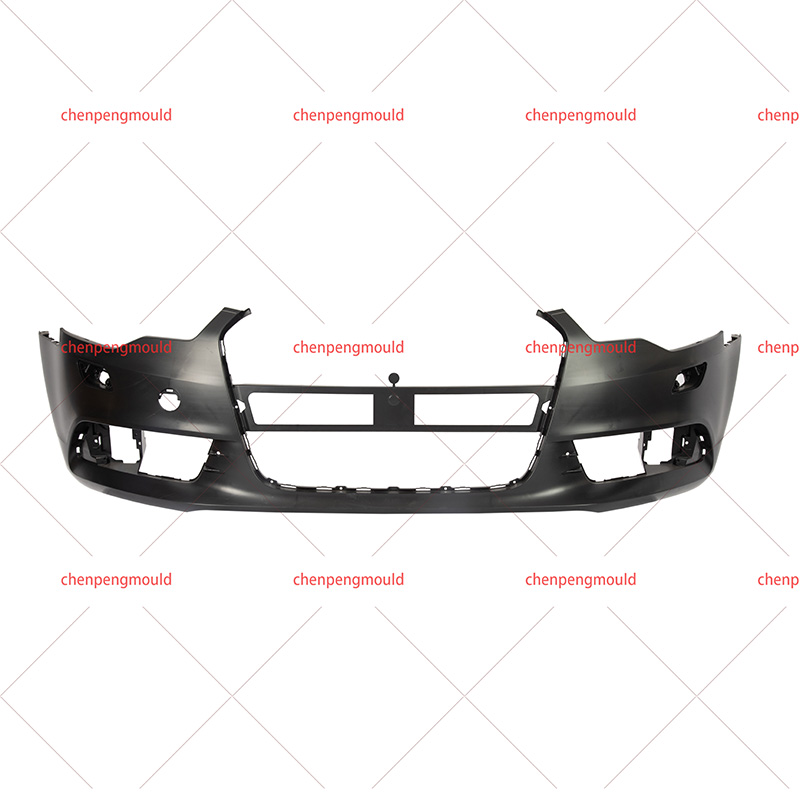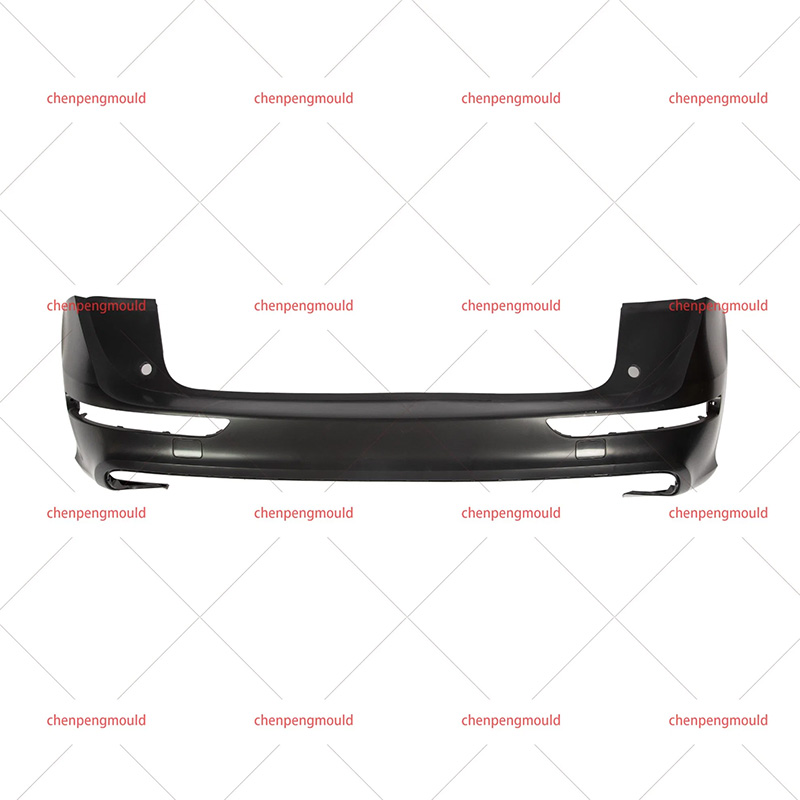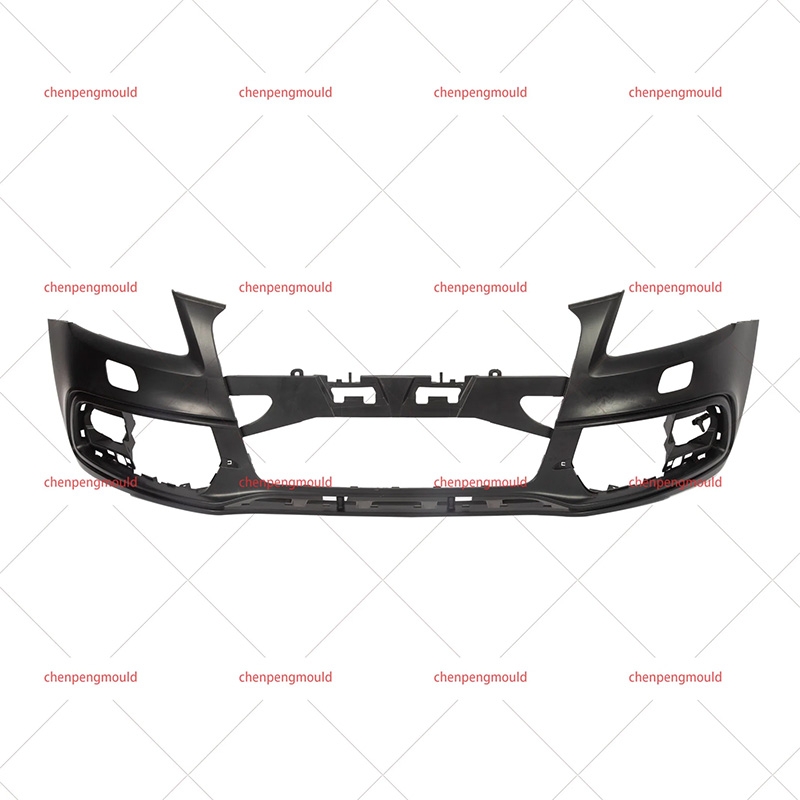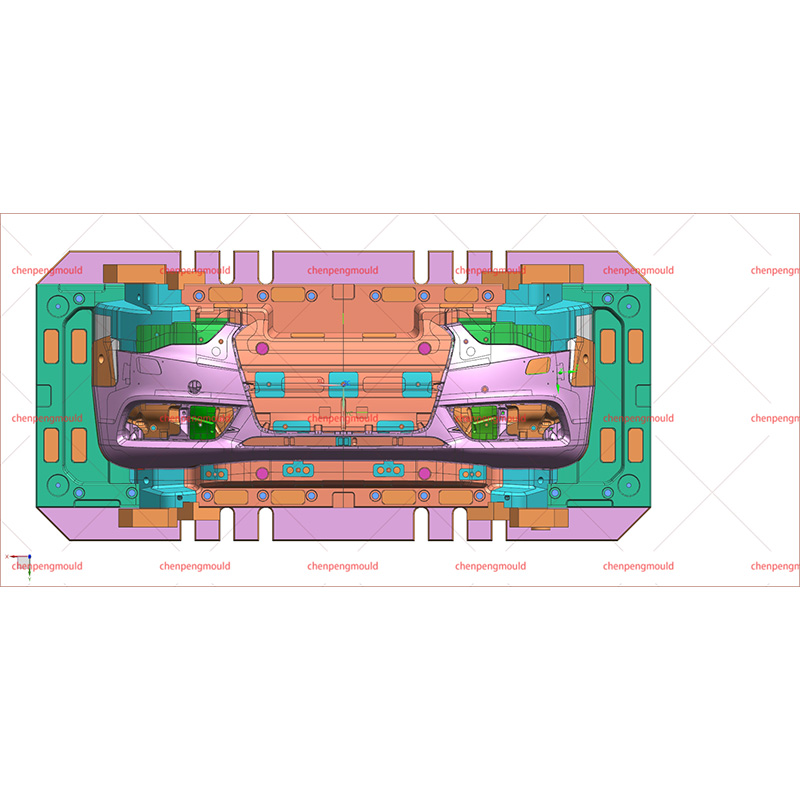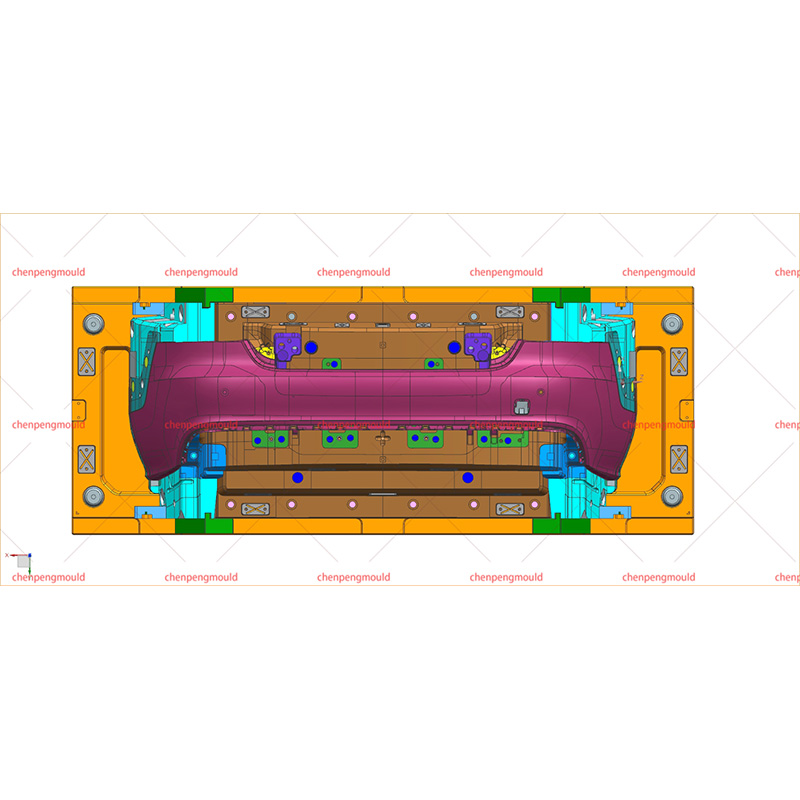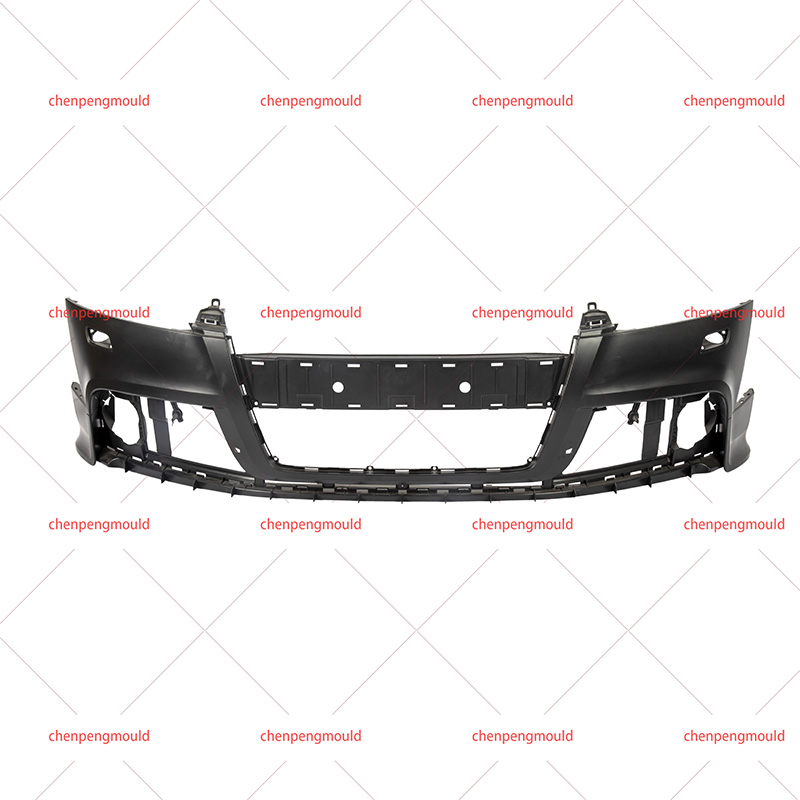Plastic Bumper Injection Molds Price For Sale Company Maker
The production of plastic bumpers is a vital aspect of the automotive industry, serving both functional and aesthetic purposes. The design and operation of bumper molds are crucial in ensuring the quality and durability of the finished product. Proper operation not only enhances efficiency but also reduce defects and increase the lifespan of the molds.
Plastic bumpers are primarily manufactured using injection molding, a process that involves injecting molten plastic into a pre-designed mold. The design and operation of these molds directly impact the bumper's structural integrity, surface finish, and overall performance. Given the high demand for quality automotive components, meticulous attention to detail in mold operation is essential.
Setup and Preparation
1. Mold Inspection: Before beginning production, a thorough inspection of the bumper mold is essential. Check for any signs of wear, damage, or contamination. Ensure that all components, including ejector pins and cooling channels, are in condition. Addressing any issues before production starts can prevent costly delays and defects.
2. Cleaning the Mold: Cleaning the mold is vital to eliminate any residues from previous batches. Use appropriate cleaning agents and tools to avoid scratching the mold surface. Regular cleaning helps maintain the surface finish of the bumpers and extends the life of the mold.
3. Calibration of Equipment: Ensure that all machinery involved in the injection molding process, such as injection machines and temperature controllers, are calibrated correctly. Accurate settings for temperature, pressure, and injection speed are crucial for achieving consistent quality in the molded bumpers.
4. Material Preparation: Select the appropriate plastic material for the bumper, such as polypropylene or thermoplastic olefins. Pre-dry the material if necessary, as moisture can bring about defects in the final product. Proper material preparation also includes verifying that the material meets the specifications required for the specific bumper design.
Operating Procedures
1. Injection Process: Begin the injection molding process by setting the machine to the specified parameters for temperature and pressure. Pay close attention to the injection speed, as too fast or too slow can cause issues such as warping or incomplete fills. Monitor the flow of molten plastic into the mold to ensure uniform distribution.
2. Cooling Time: After the injection phase, allow sufficient cooling time for the plastic to solidify before ejecting it from the mold. The cooling time is determined by factors such as the material used, wall thickness, and mold temperature. Inadequate cooling can bring about defects, such as sink marks or dimensional inaccuracies.
3. Ejection: Once the bumper has cooled sufficiently, activate the ejection system to remove the part from the mold. Ensure that ejector pins are functioning properly to prevent damage to the bumper during removal. Inspect the bumper for any defects or imperfections immediately after ejection.
Maintenance and Care
1. Regular Inspections: Implement a schedule for regular inspections of the mold, focusing on components that are prone to wear, such as ejector pins and cooling channels. Identifying issues early can prevent more significant problems and extend the mold’s lifespan.
2. Lubrication: Proper lubrication of moving parts is essential for smooth operation. Use the appropriate lubricants for the specific components to reduce friction and wear. Regular lubrication can also prevent rust and corrosion.
3. Temperature Management: Maintaining the correct temperature during the injection molding process is crucial. Monitor the mold temperature closely, as fluctuations can affect the material's flow characteristics and the final product's quality. Adjust cooling systems as necessary to maintain temperatures.

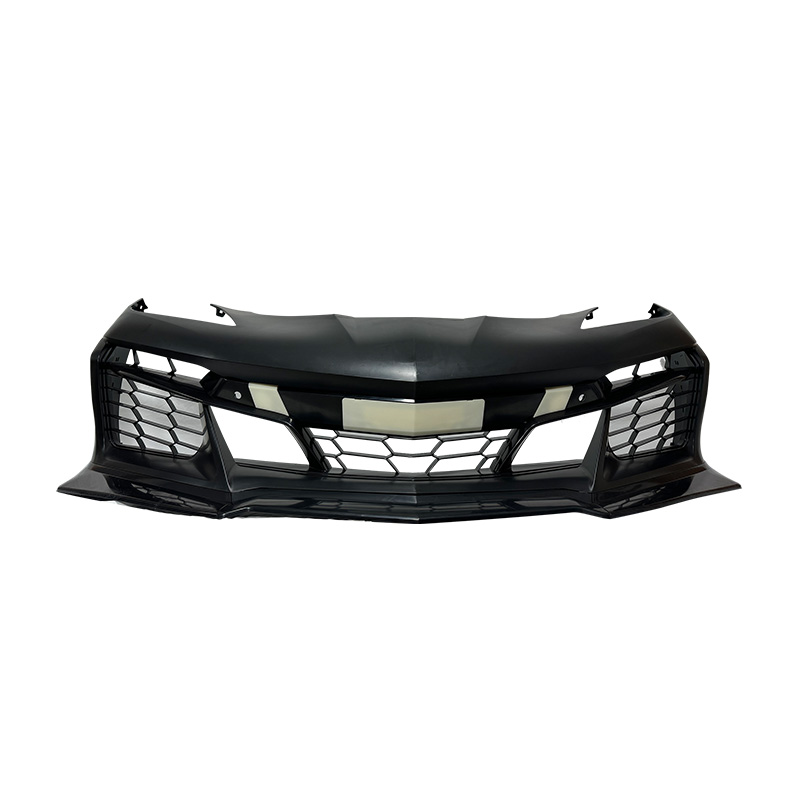


 +86-18357617666
+86-18357617666
